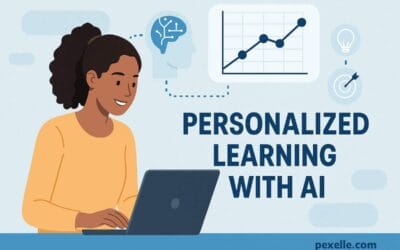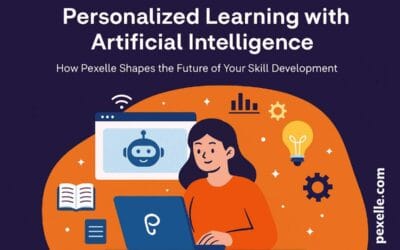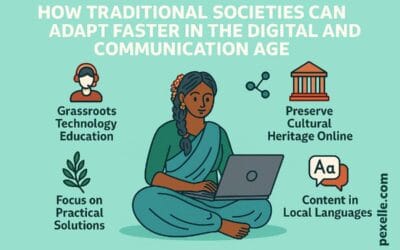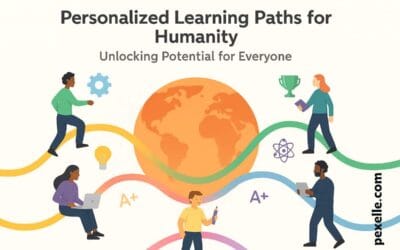The Impact of AI on Human Goals
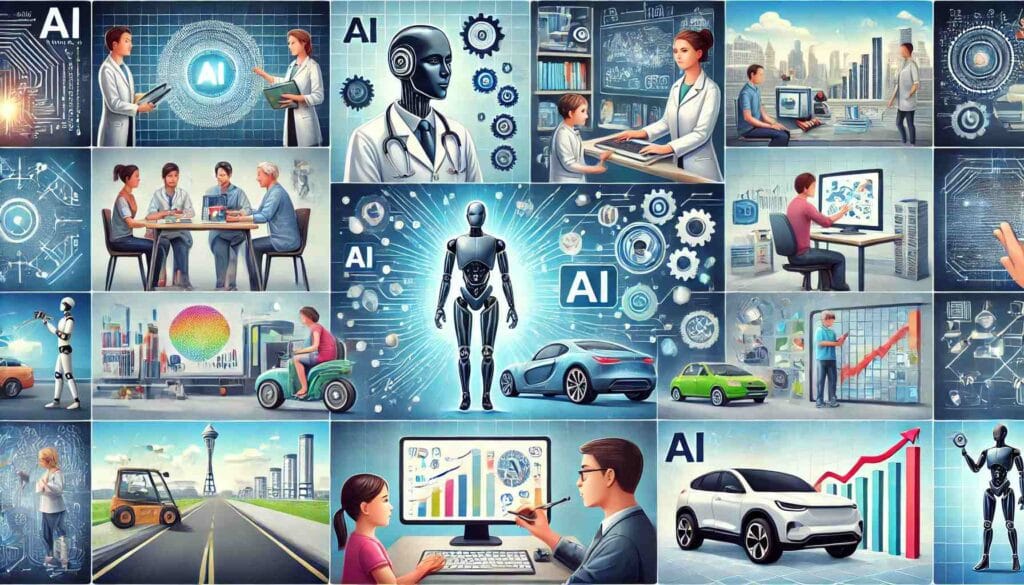
Artificial Intelligence (AI) has made significant strides in recent years, deeply influencing various facets of human life. Its transformative power has revolutionized industries, altered work environments, and even reshaped how we interact with the world. AI is making an indelible mark on human goals, shaping individual lives in many areas. Below are several tasks where AI is having the greatest impact:
1. Healthcare and Medical Diagnosis
AI has profoundly impacted healthcare, improving both the accuracy and efficiency of medical diagnoses. Machine learning algorithms can now analyze medical images, predict diseases based on patient data, and even recommend treatment plans. Tools like AI-driven diagnostic systems help doctors detect illnesses such as cancer, heart disease, and neurological disorders earlier, increasing survival rates.
Example: AI systems like IBM Watson can analyze thousands of clinical data points from patient histories and medical literature to suggest possible diagnoses and treatments, thus assisting healthcare professionals in making more informed decisions.
2. Personalized Education
AI is revolutionizing the education sector by tailoring learning experiences to individual students’ needs. Adaptive learning systems powered by AI track a student’s progress and adjust the curriculum to match their pace, learning style, and specific requirements. This can significantly improve educational outcomes, especially for students with diverse learning needs.
Example: AI-based tutoring systems like Duolingo, which adjust lessons based on how well students are mastering different language skills, or AI-driven platforms in K-12 education, where the system personalizes assignments to help each student improve in specific areas.
3. Automation of Routine Tasks
AI has automated many repetitive, time-consuming tasks in the workplace. From manufacturing lines to customer service, AI-driven robots and software can handle tasks such as data entry, scheduling, inventory management, and even customer support through chatbots. This allows employees to focus on more strategic and creative tasks that require human judgment and intuition.
Example: In customer service, AI chatbots like those powered by GPT-3 can assist in answering routine queries, troubleshooting, and providing basic support without human intervention.
4. Transportation and Autonomous Vehicles
AI is revolutionizing transportation, particularly with the development of autonomous vehicles. AI technologies are used in self-driving cars to make split-second decisions regarding route selection, navigation, and safety. These innovations have the potential to reduce accidents, ease traffic congestion, and improve accessibility for those unable to drive.
Example: Companies like Tesla and Waymo have developed self-driving cars that leverage AI algorithms to navigate, detect obstacles, and make real-time decisions to ensure a safe and efficient journey.
5. Improved Decision-Making and Predictive Analytics
AI is being used to support decision-making processes in various industries, including finance, retail, and even politics. By analyzing vast amounts of data, AI systems can identify trends, forecast outcomes, and provide actionable insights. This helps individuals and organizations make better, more informed decisions.
Example: In finance, AI algorithms can predict stock market trends, assess investment risks, and automate trading strategies, all of which significantly enhance financial decision-making.
6. Enhanced Creativity and Content Generation
AI tools are increasingly being used to enhance creative processes in fields like music, writing, and design. From generating artwork to composing music and even writing news articles, AI can assist creatives by offering suggestions or even autonomously creating content based on user inputs.
Example: AI platforms like OpenAI’s GPT-3 can generate text-based content, from essays to stories, while tools like DALL·E can generate visuals from simple prompts, enhancing creative possibilities for artists and writers.
7. Improving Mental Health Support
AI has started to play a role in mental health, offering support through virtual assistants, therapy chatbots, and mental health apps. These tools can provide users with immediate support, recommend coping strategies, and even monitor emotional well-being using natural language processing (NLP) to analyze their text or speech patterns.
Example: Apps like Woebot provide users with cognitive behavioral therapy (CBT)-based exercises and help monitor their emotional well-being through conversational AI.
Conclusion
AI’s impact on human goals is broad, reaching nearly every sector of life. From improving healthcare outcomes to enabling personalized education, automating routine work tasks, and enhancing creative processes, AI is proving to be a powerful tool in shaping the future. As AI continues to evolve, it will undoubtedly play a crucial role in further advancing human potential and well-being. It is imperative to harness AI’s potential while ensuring ethical and responsible usage to benefit all of humanity.
Source : Medium.com
